A note from the editor:
While I was trying to figure out which ship I should research for the next historical article, I was approached by Caduzanon who politely asked if it was possible to feature NAeL Minas Gerais, a Brazilian aircraft carrier that saw over fifty years of service across three navies. Given that he recently released a modification for WoWs that depicts HMS Colossus as NAeL Minas Gerais in the 1980's, I agreed to write about her history and release the article on March 7, which is Dia do Fuzileiro Naval (Marine Corps Day) for Brazil. Thanks to the hard work of Caduzanon who has diligently worked on the modification for months, it can now be downloaded from here (see installation instructions). In honor of Dia do Fuzileiro Naval, I present the following article on NAeL Minas Gerais of the Brazilian Navy.
Hazemeyer
Lead Editor of the ShipBlog
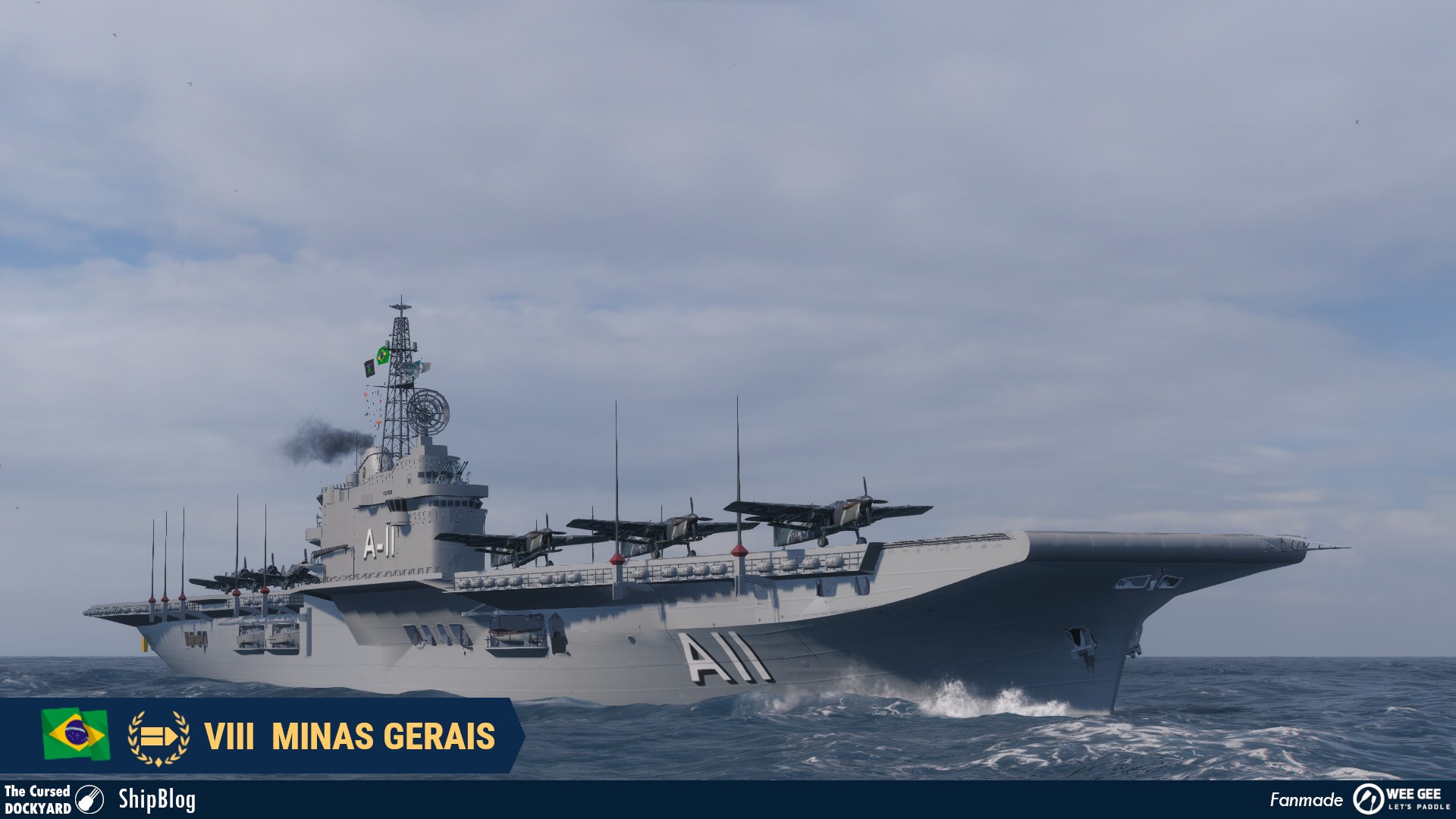
Dimensions: 211.8 m long; 24.4 m beam; 7.5 m draft
Machinery: 2 Parsons turbines; 4x Admiralty boilers; 40,000 shp @ 24 knots; range 12,000 nm @ 14 knots
Armament: 2x Matra Sadral twin SAM launchers; 10x 40 mm Bofors (2x4, 1x2); 2x 47 mm saluting guns (2x1)
Sensors: 2x Mk 63 GFCS; 1x Mk 51 Mod 2 GFCS; 1x Lockheed SPS-40B search radar
Formerly known as HMS Vengeance, NAeL (Navio-Aeródromo Ligeiro) [1] Minas Gerais was a Colossus class aircraft carrier that was built for the Royal Navy in 1942. Her service life spanned over fifty years across three navies; seven years with the Royal Navy, three years with the Royal Australian Navy, and forty-one years with the Brazilian Navy. In Brazilian service, she served as the flagship of the fleet as a helicopter carrier for the majority of the time and underwent multiple refits in the 60's, 80's and 90's. After a long service with the Brazilian Navy, NAeL Minas Gerais was scrapped in 2004, but not before reaching internet headlines that would baffle some readers today.
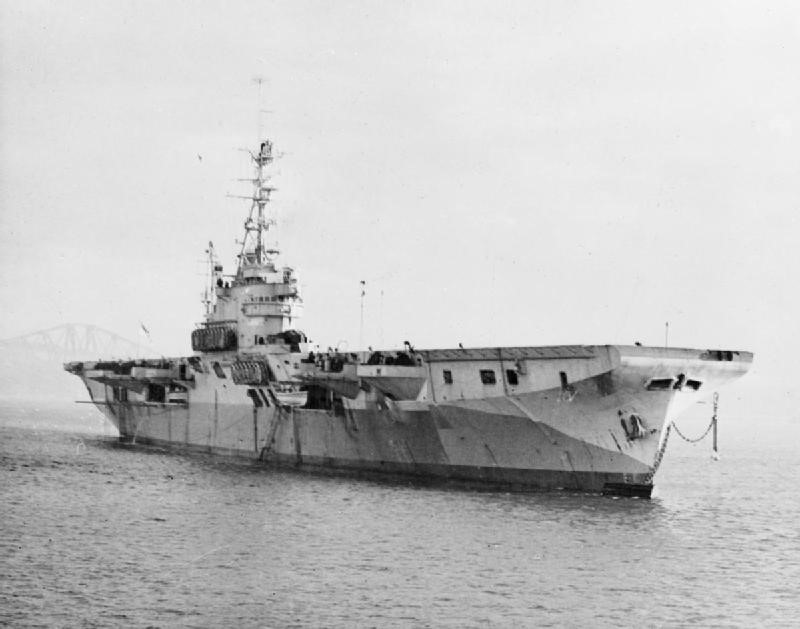
From the outbreak of World War Two, the majority of fleet carriers that the Royal Navy had at the time were heavily armored, costly to build, and had limited aircraft capacity. More aircraft carriers were needed in a short amount of time to provide adequate air protection for ocean trade routes. The Colossus class was the decided solution to the problem, with the design focused on minimizing cost and build time while improving the aircraft capacity over the previous fleet carriers by forgoing the armor. In short, they were intended to be “disposable warships” with a service life of only a few years and scrapped at the end of the war. In reality, the Colossus class was completed too late to take part in World War Two and would continue in service across many navies in the decades to come. Among them was HMS Vengeance, which was modified for arctic experiments from 1948 to 1949 and loaned to the Royal Australian Navy for three years. Shortly afterwards, she was sold to the Brazilian Government in 1956 and underwent an extensive modernization that included the addition of an angled flight deck, a reworked island and new radar equipment.
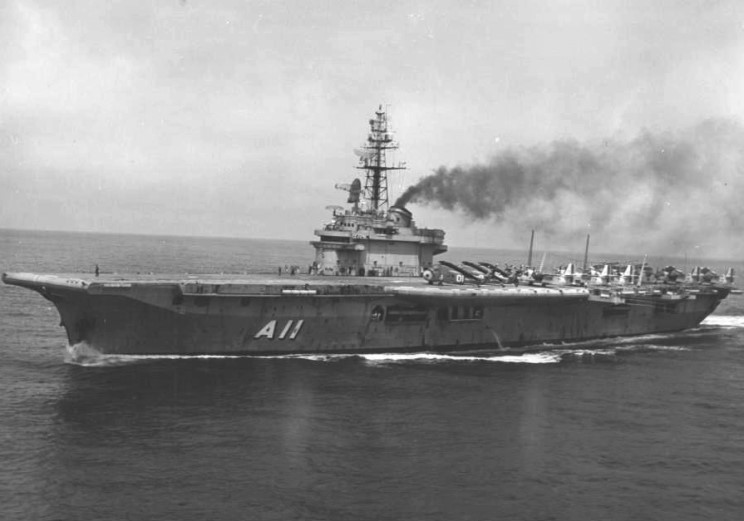
On December 6, 1960, NAeL Minas Gerais was recommissioned as the flagship of the Brazilian Navy. The first aircraft that arrived on deck were two British Westland Whirlwinds and three American Grumman Avengers for training. It soon became clear that both the air force and the navy wanted to use the aircraft on the new ship. In 1965, it was decided by the Brazilian government that helicopters on the ship would be operated by the navy while fixed wing aircraft would fall under command of the air force. This decision proved to be a hindrance to the navy later on, when they attempted to equip the carrier with A-4 Skyhawks to provide fleet protection without support from land based aircraft. It was only until 2001 when the first Skyhawk took off from the deck of NAeL Minas Gerais for flight trials. As a result, NAeL Minas Gerais operated as an anti-submarine helicopter carrier for the majority of her service.
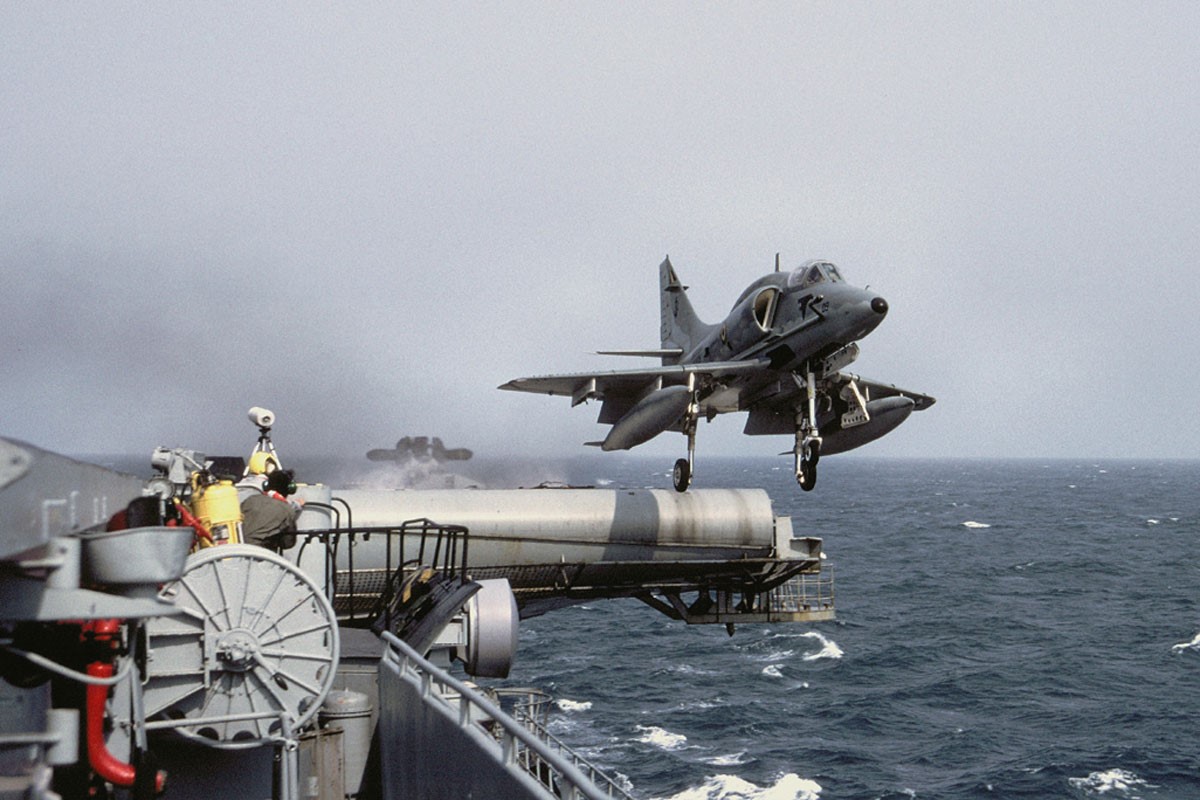
In the late 80's, NAeL Minas Gerais experienced catapult problems and was repaired from 1995 to 1996. This was made possible by using spare parts from her decaying sister ship, Veinticinco de Mayo (formerly HMS Venerable) of the Argentine Navy [2]. NAeL Minas Gerais was refitted one last time from 1997 to 1998 with an expectation to last till 2005. However, a newer aircraft carrier was acquired from the French in 2000 and the navy decided that the ship was no longer needed. On October 16, 2001, NAeL Minas Gerais was decommissioned after serving the Brazilian Navy for over forty years. The Clemenceau class aircraft carrier NAe (Navio-Aeródromo) São Paulo (formerly Foch) would take her place in service for the next sixteen years [3].
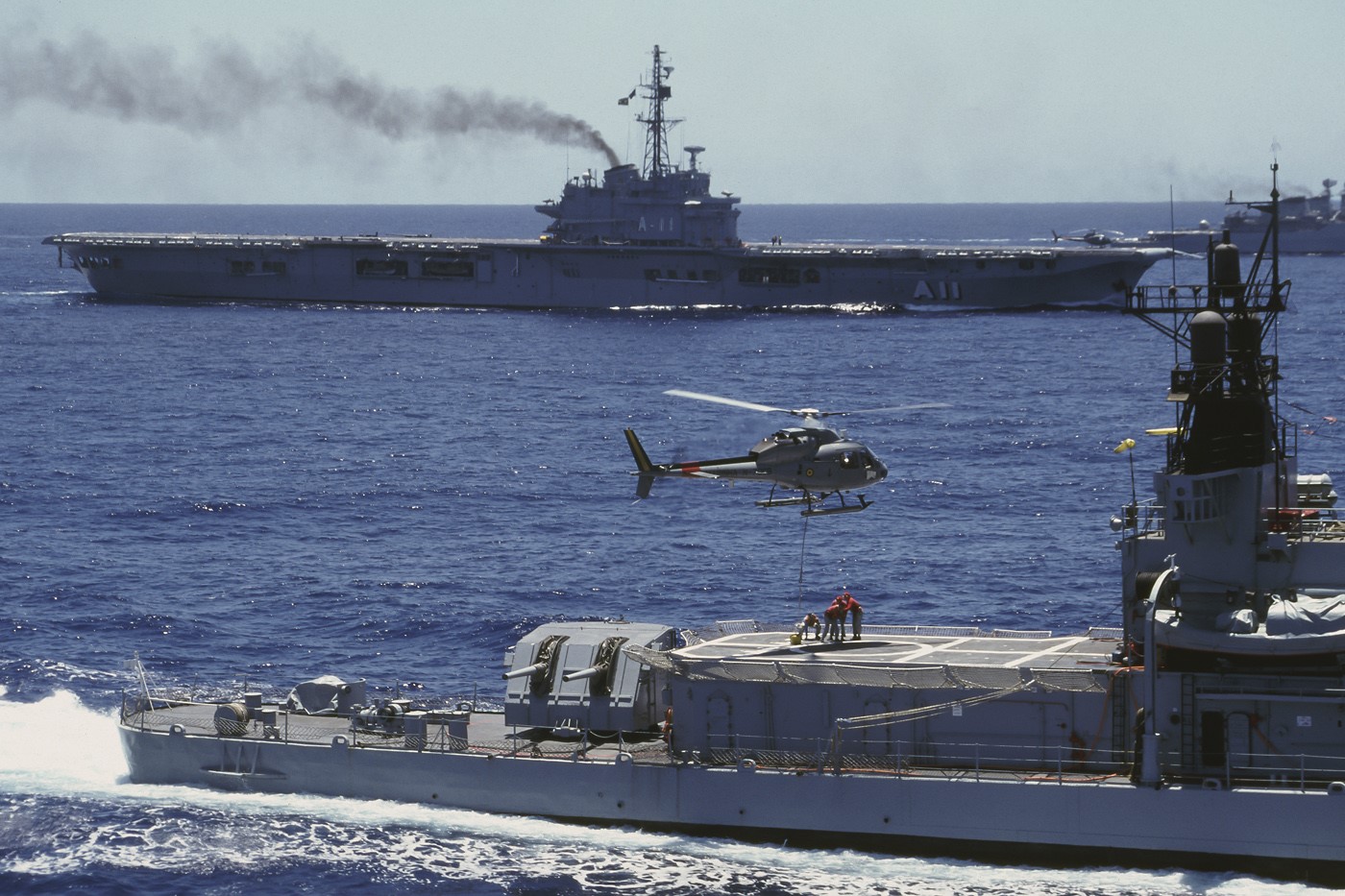
Warships are often remembered for their design and service history but what caused NAeL Minas Gerais to hit internet headlines are the events that followed after her decommissioning. In December of 2003, the aircraft carrier was listed for auction on the online website Ebay by an unknown broker. The listing suggested that the vessel could be used as a floating tourist attraction or perhaps a very large hotel with helicopter access. Bidding quickly exceeded 6 million USD as many individuals started to dream of having their very own aircraft carrier. However, some suggested that an aircraft carrier would be classified as military ordnance and would make it illegal for Ebay to sell. Consequently, the listing disappeared from the site without any explanation. Further attempts to sell the ship for preservation failed and in February of 2004, NAeL Minas Gerais departed from Brazil one last time, on tow towards India for scrapping. Her fifty-one years of service with the Royal Navy, the Royal Australian Navy, and the Brazilian Navy has come to an end.
Footnotes
2. NAel Minas Gerais was offered to the Argentine Navy in 2000 as a replacement for Veinticinco de Mayo but was rejected due to poor condition. ↩
3. In contrast to the scrapping of NAeL Minas Gerais, NAe São Paulo was scuttled on February 3, 2023. ↩
Sources
History of the Colossus class carrier Minas Gerais. Fleet Air Arm Archive, 2002.🔗
Robbins, Guy. The Aircraft Carrier Story: 1908-1945. Cassell & Co, 2001.
Sharpe, Richard. Jane's Fighting Ships, 1996-97. Jane's Information Group, 1996.
Tweedie, Neil. For internet sale: aircraft carrier, only three owners. The Daily Telegraph, 2004.🔗